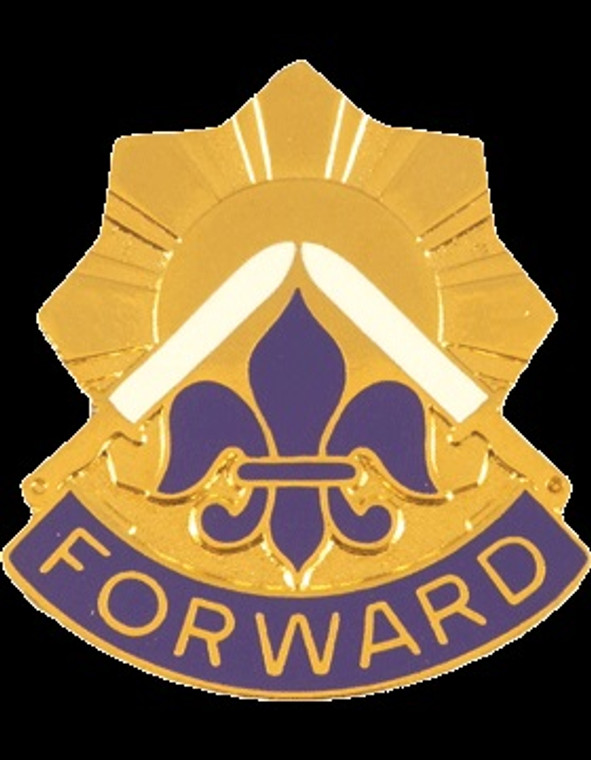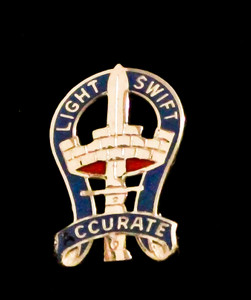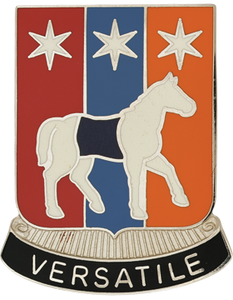
The proud history of the 32nd Infantry Brigade Combat Team (IBCT) was solidified during World War I. Known then as the 32nd Division, it suffered 13,261 casualties and earned official credit for participation in four U.S. Army Campaigns, including Oise-Aisne and Meuse Argonne.
Formed mostly with soldiers from the Michigan and Wisconsin National Guards, the 32nd had previously gained military experience along the Mexican border from 1916-17, before convening that July at Fort MacArthur (Texas) for training. It joined the front lines early in 1918.
The 32nd is credited with being the first U.S. division to cut through the Hindenburg Line, and its unrelenting advances in the face of enemy fire led the French to nickname its troops "Les Terribles." Indeed, the French—who had fought longer and with more casualties by far than any other Allied force—so respected the 32nd that it became the lone National Guard unit to be honored with the French Croix de Guerre with Palm. It also was the only U.S. division to earn the nom-de-guerre by the Allies.
Throughout the fighting in Europe during the Great War, the 32nd certainly lived up to its motto, “Forward,” featured on the brigade’s unit crest, or Distinctive Unit Insignia. The insignia is highlighted by a fleur-de-lis which commemorates the four World War II campaigns in the European Theater in which the unit fought, while the five rays of the Philippine sunrise represent four World War II campaigns int the Asiatic-Pacific Theater plus the Philippine Presidential Unit Citation it was awarded. The blue fields pay homage to being honored with two U.S. Presidential Unit Citations, and the two bayonets are emblematic of the brigade’s Infantry designation.
After being demobilized during May 1919, the division remained with the National Guard until October 1940, when the Michigan and Wisconsin National Guards again were mobilized.
Formed mostly with soldiers from the Michigan and Wisconsin National Guards, the 32nd had previously gained military experience along the Mexican border from 1916-17, before convening that July at Fort MacArthur (Texas) for training. It joined the front lines early in 1918.
The 32nd is credited with being the first U.S. division to cut through the Hindenburg Line, and its unrelenting advances in the face of enemy fire led the French to nickname its troops "Les Terribles." Indeed, the French—who had fought longer and with more casualties by far than any other Allied force—so respected the 32nd that it became the lone National Guard unit to be honored with the French Croix de Guerre with Palm. It also was the only U.S. division to earn the nom-de-guerre by the Allies.
Throughout the fighting in Europe during the Great War, the 32nd certainly lived up to its motto, “Forward,” featured on the brigade’s unit crest, or Distinctive Unit Insignia. The insignia is highlighted by a fleur-de-lis which commemorates the four World War II campaigns in the European Theater in which the unit fought, while the five rays of the Philippine sunrise represent four World War II campaigns int the Asiatic-Pacific Theater plus the Philippine Presidential Unit Citation it was awarded. The blue fields pay homage to being honored with two U.S. Presidential Unit Citations, and the two bayonets are emblematic of the brigade’s Infantry designation.
After being demobilized during May 1919, the division remained with the National Guard until October 1940, when the Michigan and Wisconsin National Guards again were mobilized.
The DUI is the picture is the one you will receive.






